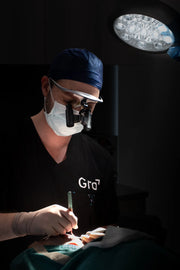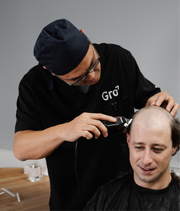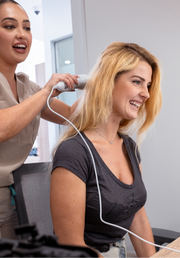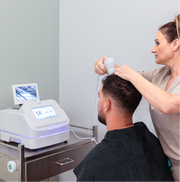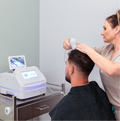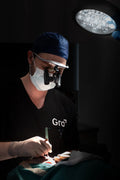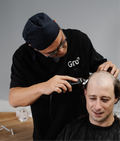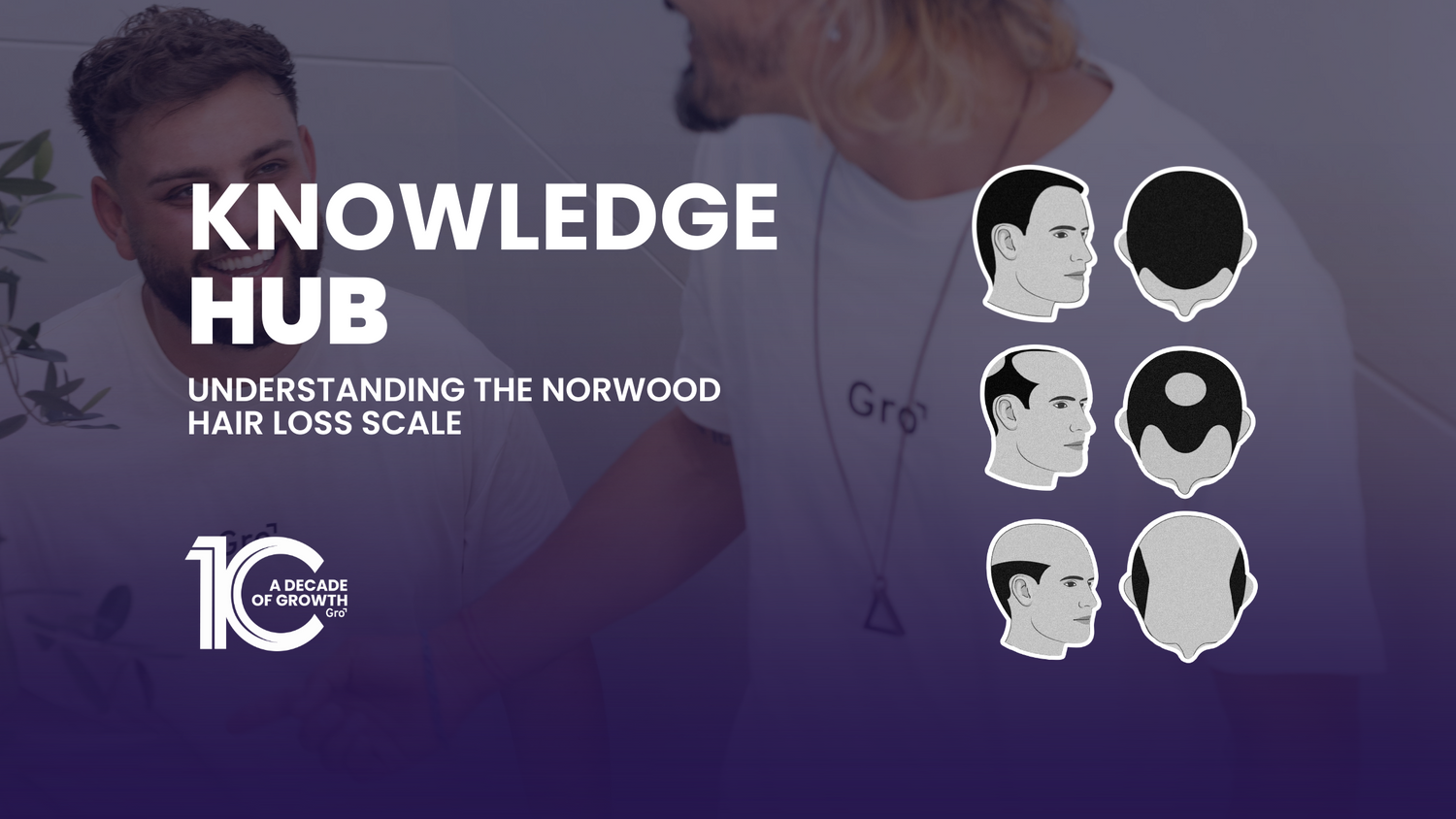The Norwood Scale, also known as the Norwood-Hamilton Scale, is the standard classification system for male pattern hair loss. Whether you're just starting to notice thinning or exploring hair restoration options, understanding the scale is a helpful first step. Here's everything you need to know.
What is the Norwood Scale?
The Norwood Scale is a visual classification system that maps the progression of male pattern baldness. It ranges from Stage 1, showing minimal recession, to Stage 7, with extensive hair loss around the top and crown of the scalp.
The 7 Stages of the Norwood Scale
- Stage 1: No noticeable hair loss or recession.
- Stage 2: Mild recession at the temples forming a mature hairline.
- Stage 3: Deep temporal recession, often with early crown thinning.
- Stage 3 Vertex: Hairline stays similar to Stage 2, but a bald spot appears at the crown.
- Stage 4: More severe temple recession and a larger bald spot on the crown.
- Stage 5: The bald areas expand and the bridge of hair between them begins to thin.
- Stage 6: The bridge disappears, forming one large bald area.
- Stage 7: Only a thin band of hair remains on the sides and back of the scalp.
Why the Norwood Scale Matters
Knowing your Norwood stage helps guide discussions around treatment options. Earlier stages may benefit from non-invasive therapies, while advanced stages often explore procedural solutions such as hair transplantation.
Beyond the Scale: What Else Affects Hair Loss?
While the Norwood Scale provides a framework, hair loss is influenced by factors like genetics, age, hormones, and lifestyle. Scalp condition, follicle strength, and medical history all play a role in identifying the right path forward.
The Gro Clinics Approach
At Gro Clinics, we use the Norwood Scale as part of a broader assessment. Our medical team considers your hair goals, scalp health, and history to build a tailored hair restoration plan. We offer:
- Doctor-led consultations
- Personalised treatment plans
- Advanced techniques including FUE with Precise Follicle Placement (PFP)
- Ongoing support from our clinical team
Ready to Understand Your Hair Loss Stage?
We have clinics across Australia and New Zealand:
Book a consultation to get your stage assessed and start your hair growth journey.

